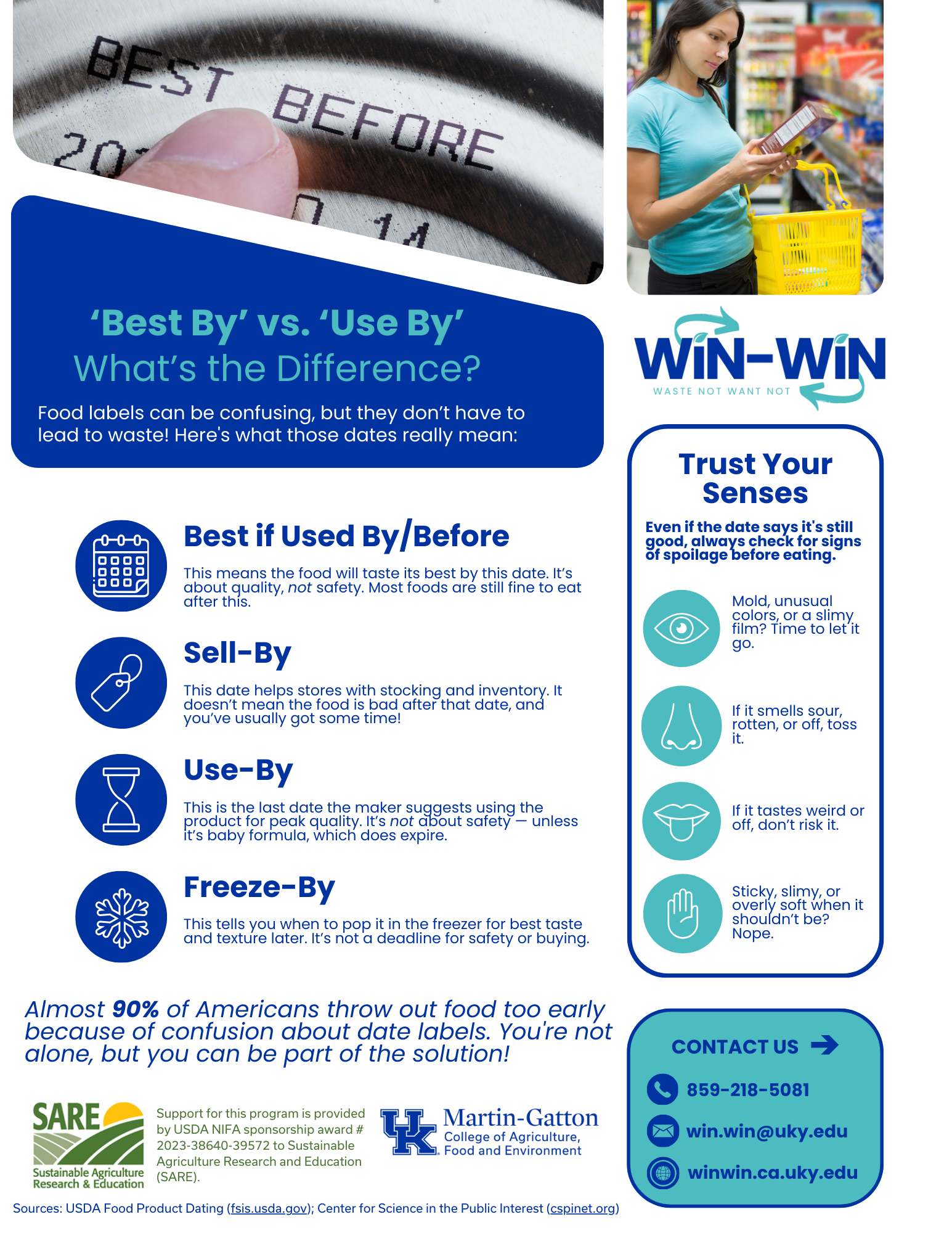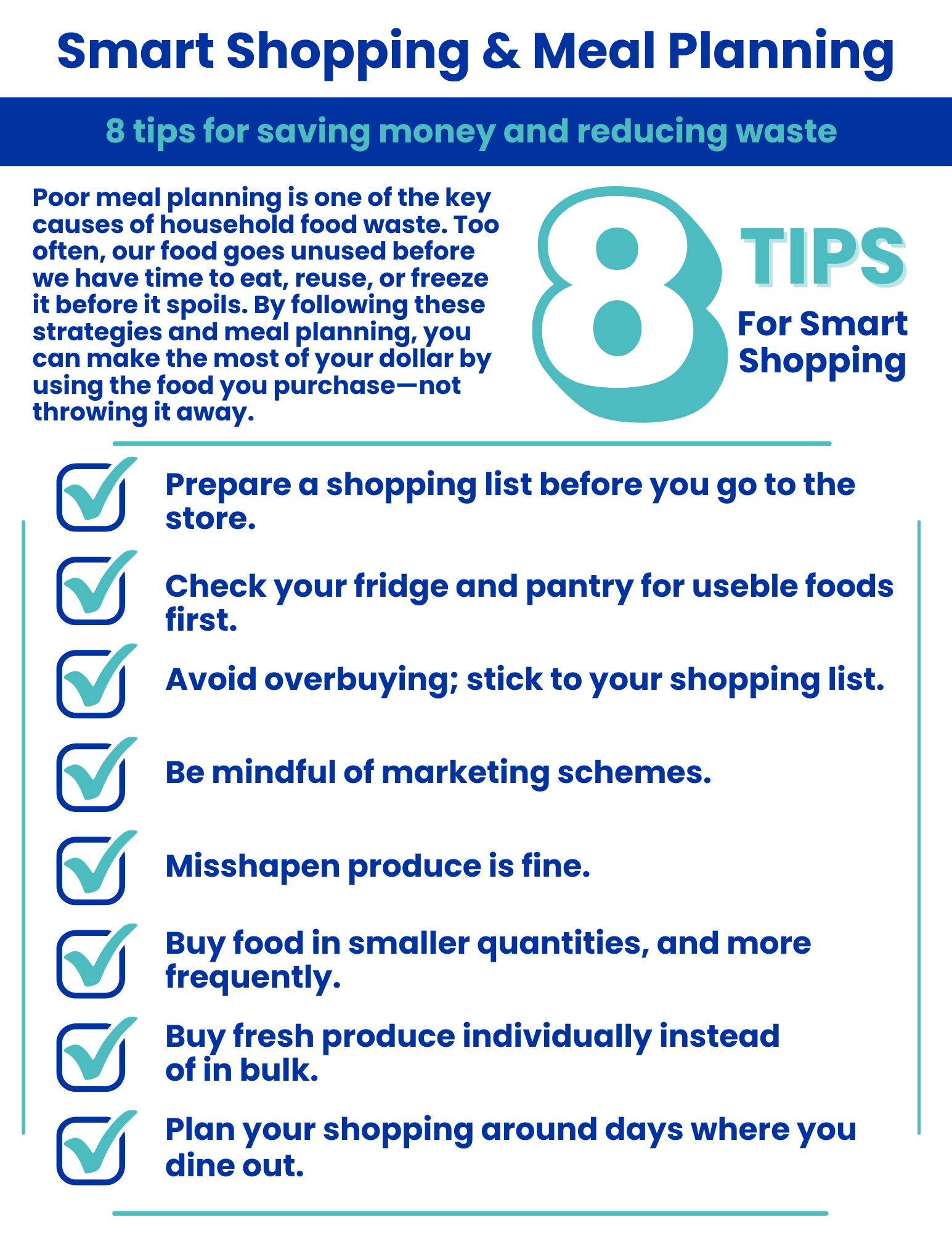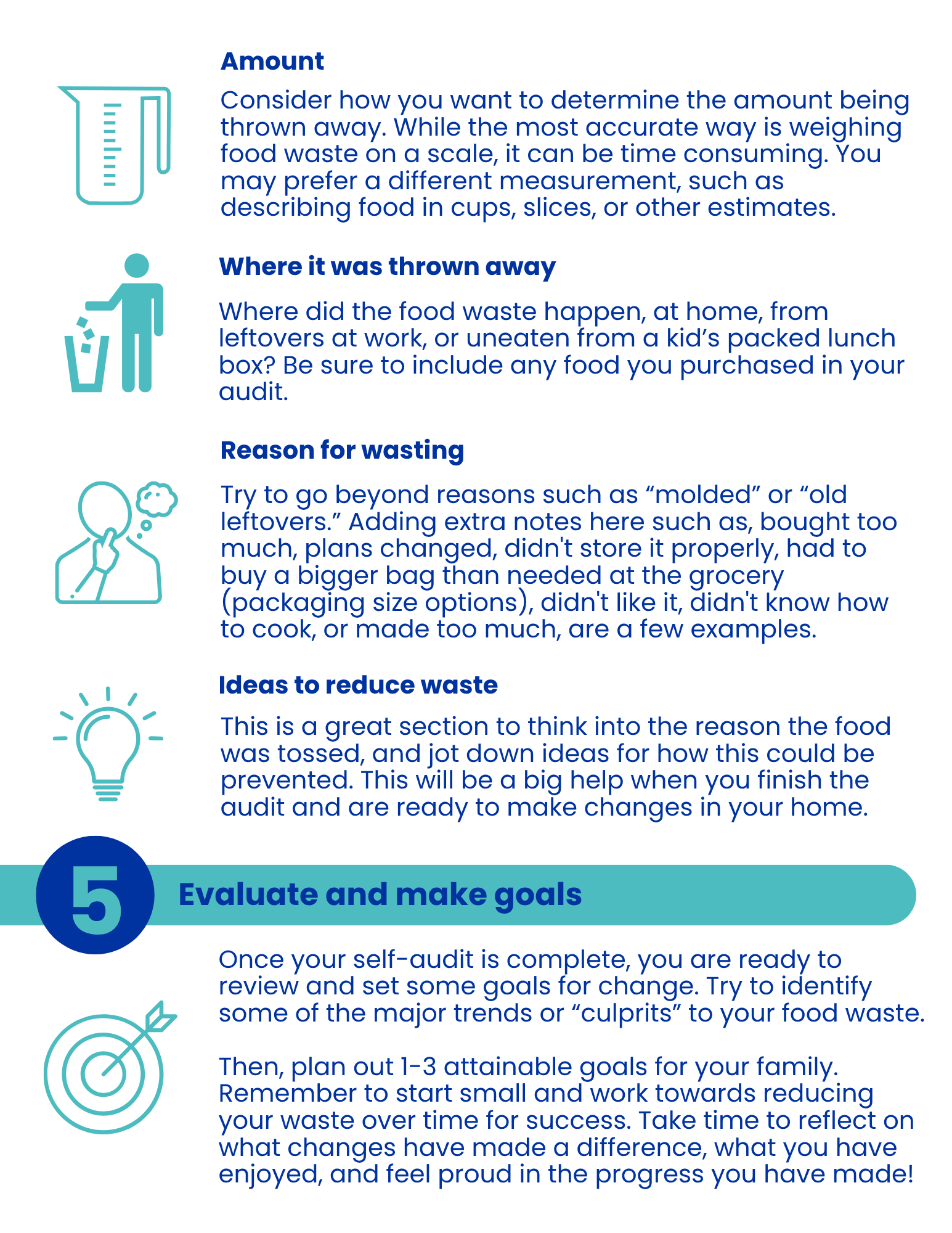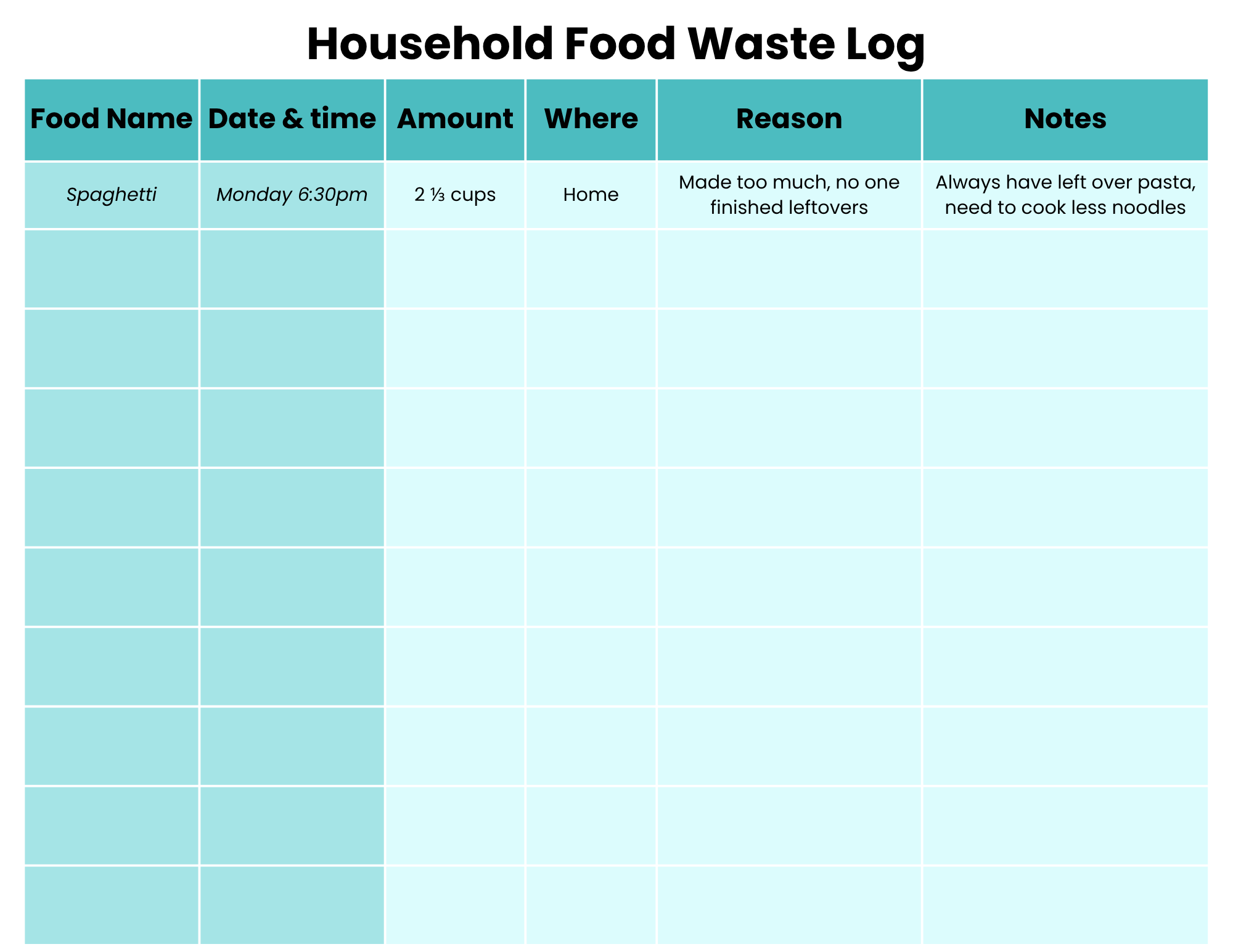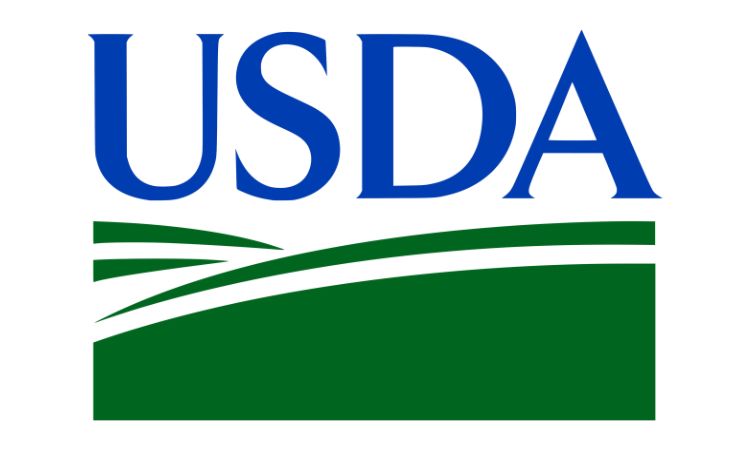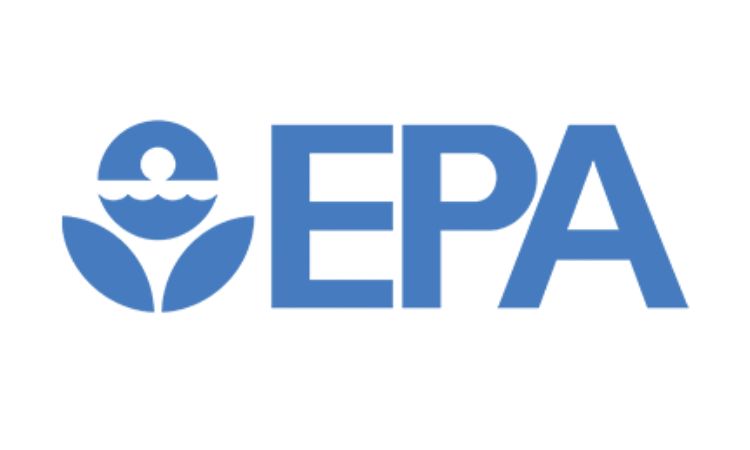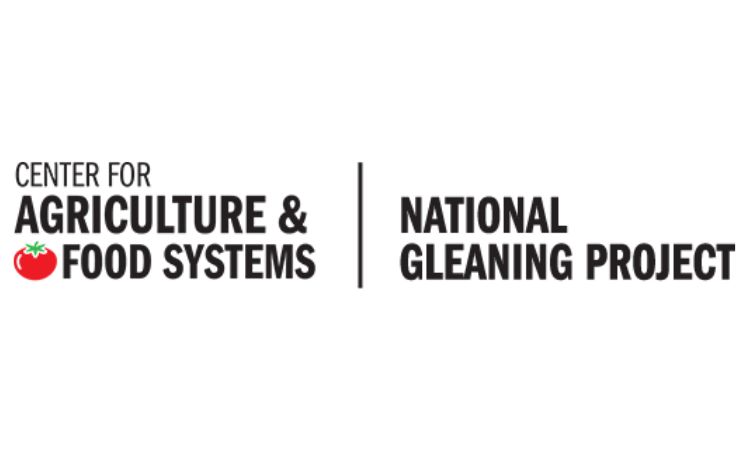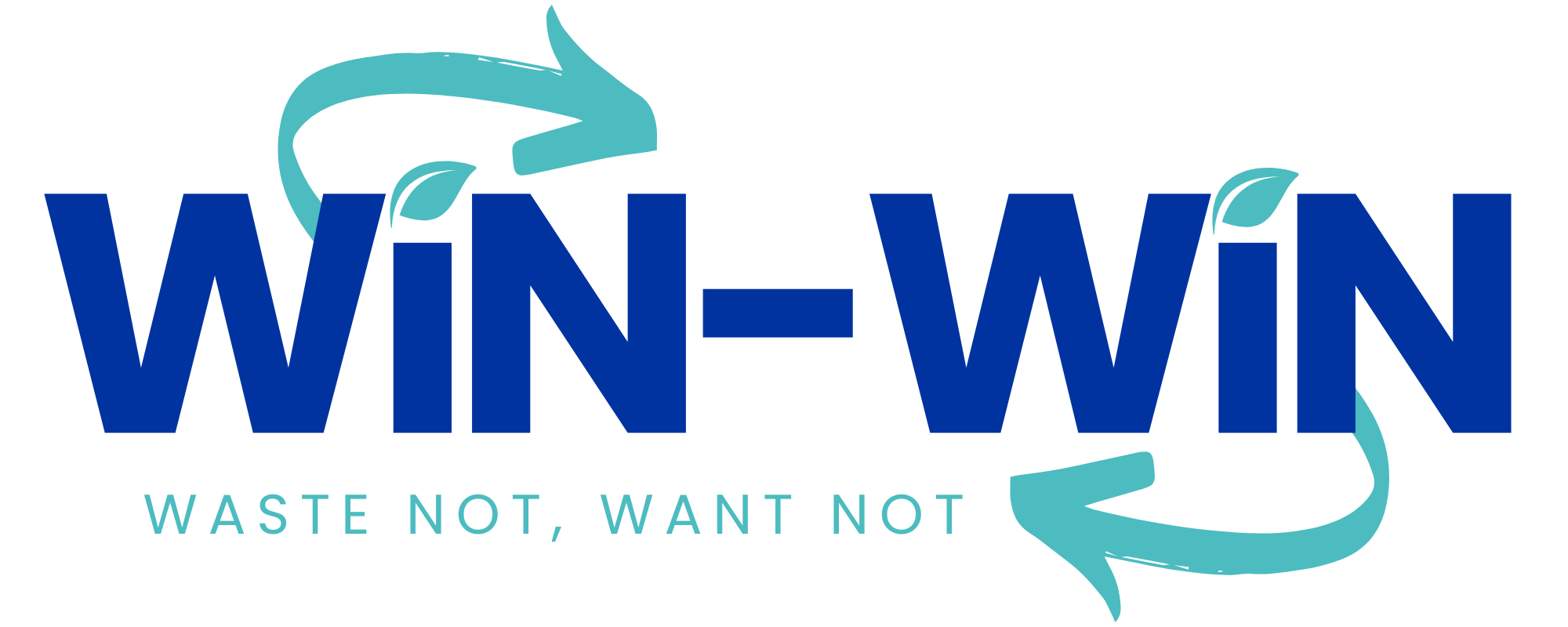FLW Prevention
Frequently Asked Questions About Food Loss & Waste
Food Loss and Waste (FLW) refers to the edible food, post-harvest, that is available for human consumption but is not consumed for various reasons. This includes food loss due to cooking, spoilage, pests, inadequate climate control, or consumer behaviors such as plate waste and over-purchasing. Food waste specifically refers to edible food discarded by retailers or consumers, often for reasons like undesirable appearance or overproduction.
In 2010, approximately 31% of the available food supply at the retail and consumer levels in the United States—equivalent to 133 billion pounds or $161 billion worth of food—went uneaten. This wasted food also represents 387 billion calories per day, highlighting the vast amount of resources wasted alongside it. Reducing FLW could improve food security and conserve valuable environmental and economic resources.
Food insecurity is a serious problem in Kentucky, and FLW undermines food security by diverting food that could nourish people in need. In 2010, 31% of the U.S. food supply at the retail and consumer levels was lost, representing enough calories to sustain millions of individuals daily. However, barriers such as recovery costs, food safety regulations, and logistical challenges limit how much of this wasted food can realistically be redirected for human consumption. Even small reductions in FLW could help make more food available for those facing hunger, reducing food insecurity in Kentucky and across the United States.
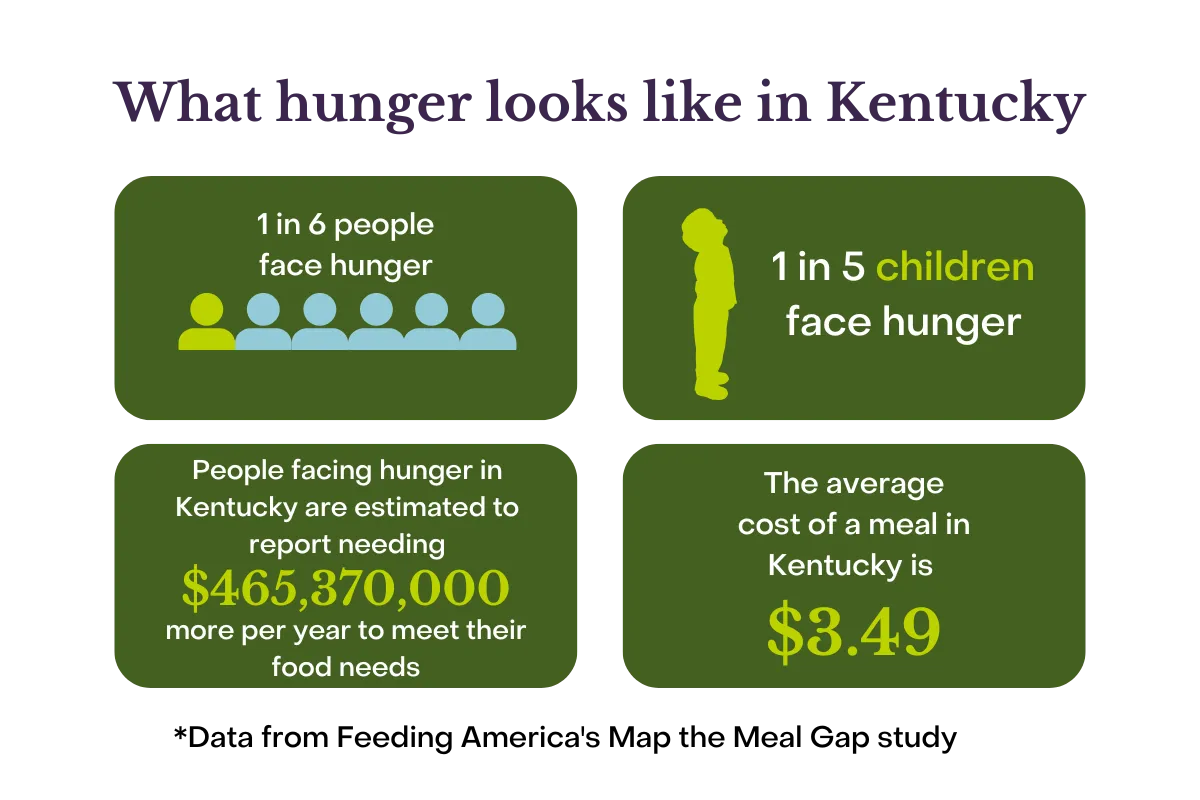
Preventing food loss and waste at home starts with small, actionable changes that can make a big impact:
-
Plan Your Meals
- Create a meal plan for the week and stick to it when shopping.
- Check your pantry and fridge before shopping to avoid buying duplicates.
-
Store Food Properly
- Learn the best ways to store fruits, vegetables, and other perishables to extend their freshness.
- Use airtight containers or resealable bags to keep items fresh for longer.
-
Use What You Buy
- Practice "first in, first out" by placing older items at the front of the fridge or pantry.
- Get creative with leftovers—use them to make soups, salads, or casseroles.
-
Freeze Extras
- Freeze items like bread, fresh herbs, or leftovers before they go bad.
- Label freezer items with dates to keep track of their shelf life.
-
Portion Wisely
- Cook and serve portions appropriate for your household to reduce plate waste.
- Store and reheat leftovers for another meal.
-
Compost When You Can
- Turn food scraps like peels and cores into compost instead of throwing them away.
- Composting reduces methane emissions and creates nutrient-rich soil.
-
Support Food Donation
- If you have extra non-perishable items or fresh produce, consider donating them to local food banks or programs like WiN-WiN.
Taking these steps not only reduces food waste but also saves money and supports a more sustainable food system.
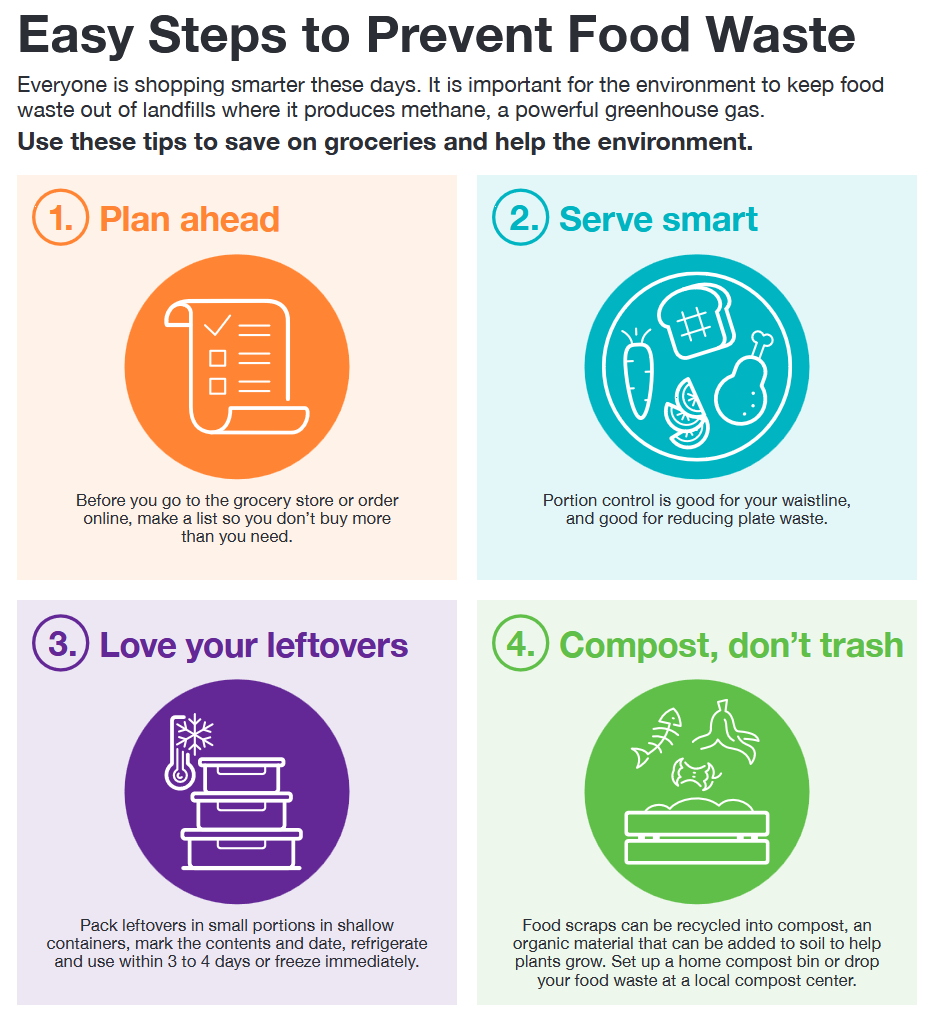
The Food Recovery Hierarchy
The Food Recovery Hierarchy is a framework developed by the EPA that prioritizes strategies to reduce food waste based on their environmental, economic, and social benefits.
-
Source Reduction: The most preferred option, focusing on preventing food waste at the source by reducing surplus during production, processing, and consumption. This helps conserve resources like water, energy, and labor.
-
Feed People: Redirects wholesome, surplus food to those in need through donations to food banks, shelters, and community organizations, helping to address food insecurity.
-
Feed Animals: Food scraps that are no longer suitable for human consumption can be safely repurposed as animal feed, reducing waste while supporting agricultural operations.
-
Industrial Uses: Converts food waste into useful products such as bioenergy, through processes like anaerobic digestion, or recovers fats and oils for industrial applications.
-
Composting: Organic waste, like food scraps and yard trimmings, is broken down into nutrient-rich compost that can enhance soil health and reduce the need for chemical fertilizers.
-
Landfill/Incineration: The least preferred option, as it contributes to greenhouse gas emissions and wastes valuable resources. This should be a last resort when other recovery methods aren’t feasible.
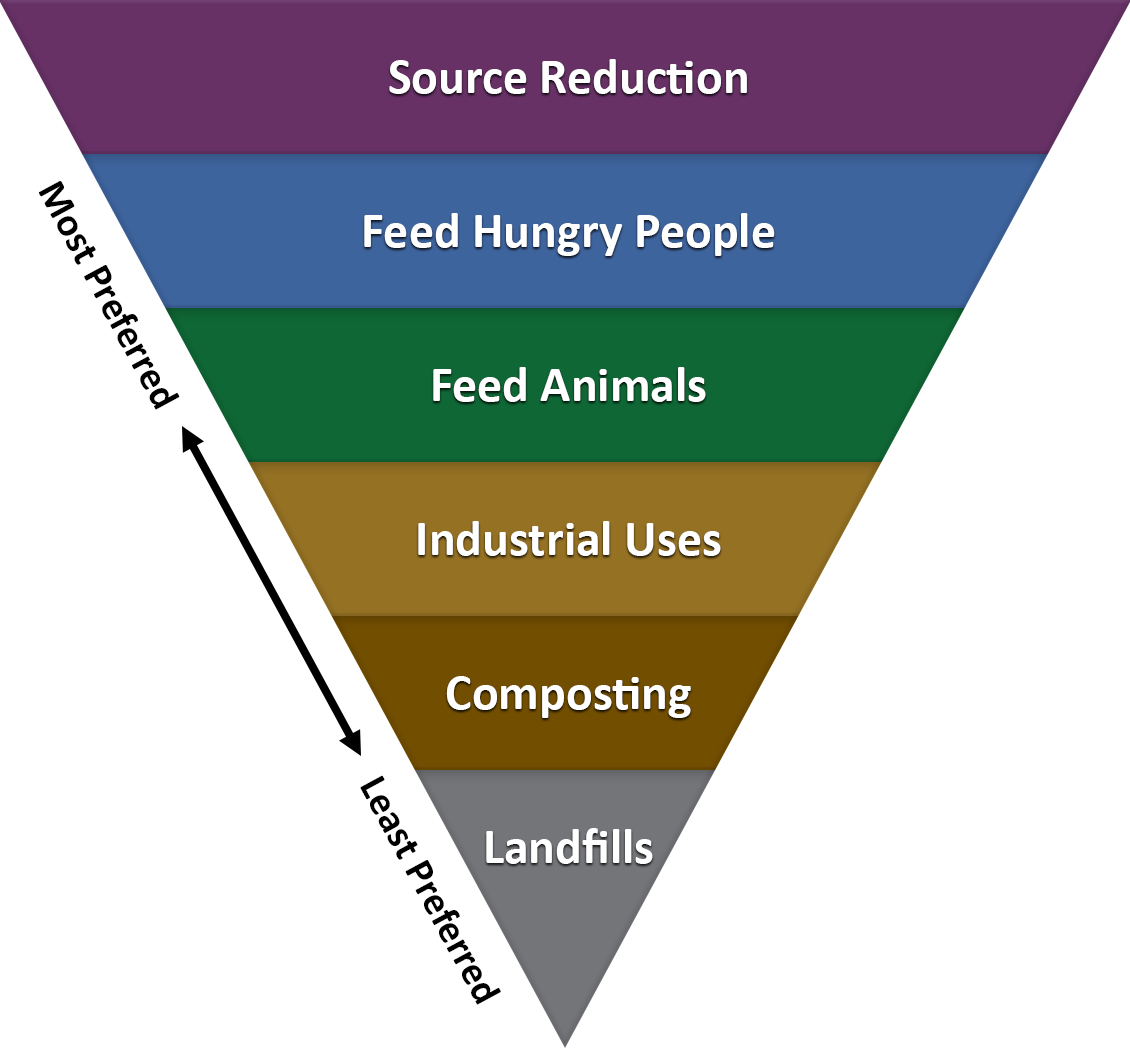
Resources
Learn more about ways to prevent food loss and waste from these great resources:
Research
Review the latest research on the impacts of Food Loss & Waste and solutions for the future.
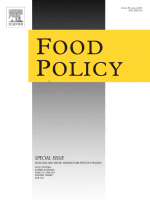
Reducing food loss and waste: Five challenges for policy and research
Cattaneo et al., 2021
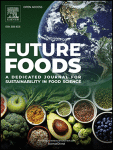
Sustainable development goals through reducing food loss and food waste: A comprehensive review
Manzoor et al., 2024
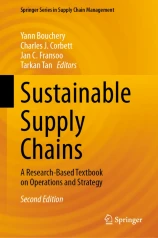
Food Loss, Food Waste, and Sustainability in Food Supply Chains
Akkerman & Cruijssen, 2024
